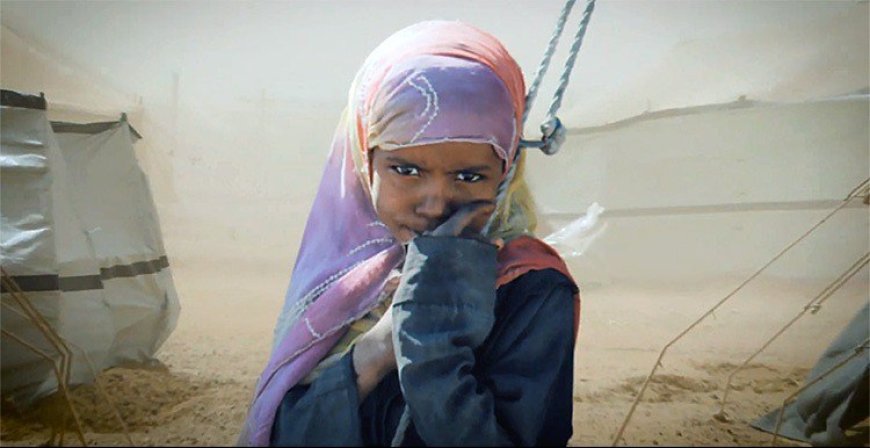Yemenis mark eight years of disastrous war amid some hopes of peace

By: F. Najafi
Following the 2011 uprisings in several Arab countries, including Bahrain, the Kingdom of Saudi Arabia [KSA] has made it a priority to prevent the growth of democratic movements in the Middle East. Military force was used by the Saudis against political foes across the Arab world, including Yemen's Ansarullah. In March 2015, Saudi Arabia led a coalition of Arab countries in an offensive on Yemen, with the stated goal of reinstalling Yemen's resigned president, Abdrabbuh Mansur Hadi, who is widely believed to be KSA's protégé. Eight years on, with tens of thousands of civilians killed, none of the aggressors' goals have been accomplished, despite the fact that the conflict in Yemen has been dubbed the worst humanitarian catastrophe in modern history.
Also, jobs for millions of Yemenis have been lost due to the war, and the long years of conflict have only exacerbated the country's underlying problems. Yemen's already weakened economy has collapsed, government functions have been suspended, and the general population is more dependent on humanitarian assistance than ever before. According to official figures, at least 23.4 million people are in urgent need of aid, with 21.9 million needing medical attention and 8.1 million, mostly women and children, requiring food assistance. The falling value of the Yemeni rial against the U.S. dollar has increased the price of imported products significantly, making it difficult for many people to afford even the most basic needs.
During the eight years of Arab alliance assault, spearheaded by Saudi Arabia, the Yemeni people endured the worst humanitarian catastrophe in their country's history. Nonetheless, the change in the conflict's dynamics has been one of the most noticeable results, and it goes against what the Saudi alliance had anticipated. During the conflict, the people of Yemen battled valiantly to prevent their country from succumbing to foreign aggressors. Yemen has made great advances in the production of ballistic missiles over the past four years, allowing the Yemeni army to triumph in various confrontations and rendering the Saudi air force ineffective.
Recent years have seen Ansarullah rockets and drones target every major city and energy facility in Saudi Arabia, seriously undermining Saudi Arabia's status as a regional force. It was indeed interesting that the weakest country in the Middle East would expose the defensive vulnerabilities of the most powerful country in the Persian Gulf. Saudi Arabia is now attempting to employ recent rapprochement with Iran to extricate itself from the Yemeni quagmire after eight years of military impasse. This is something that the Saudis have been seriously contemplating for the past two years.













































